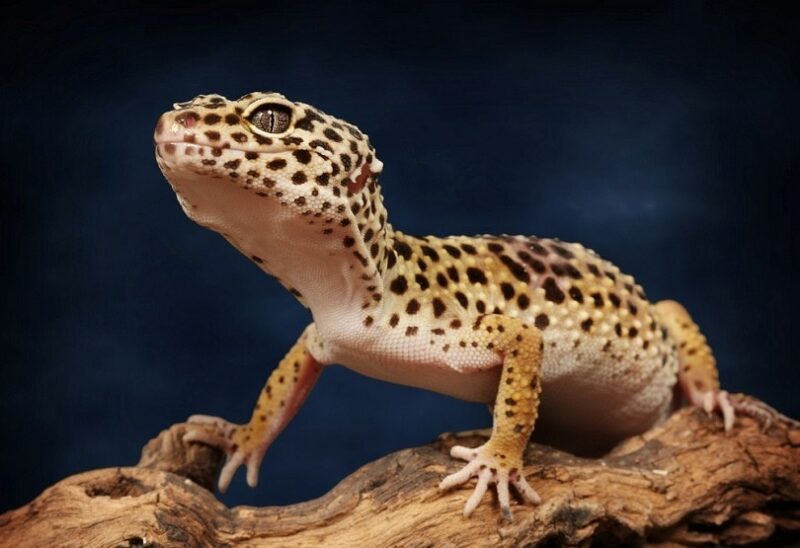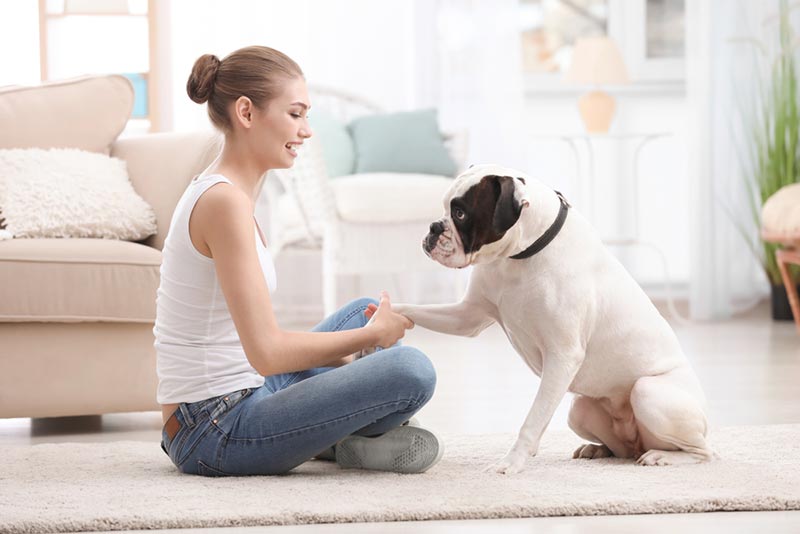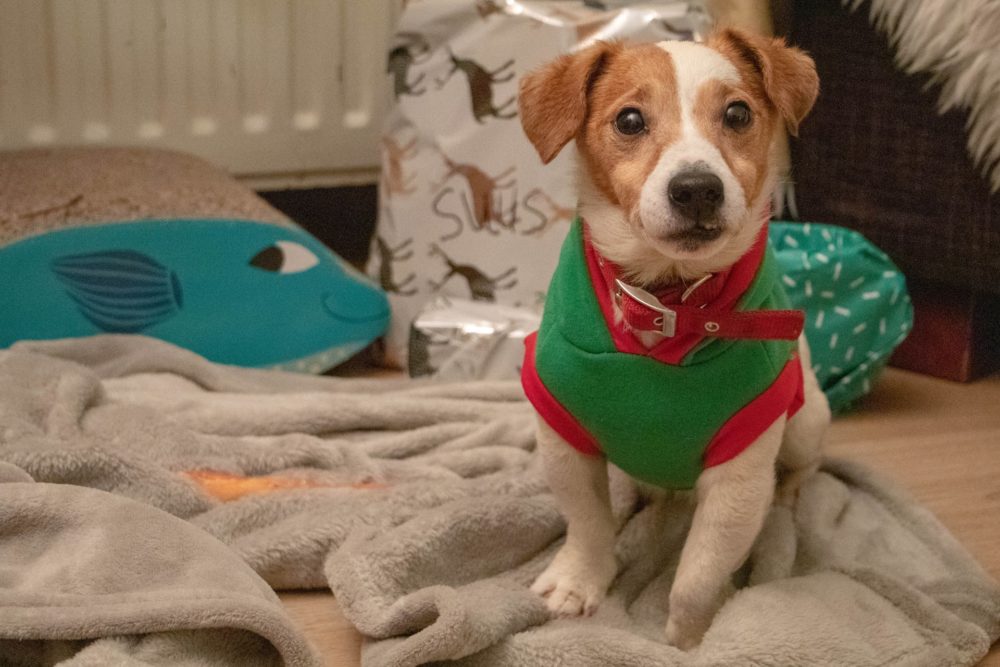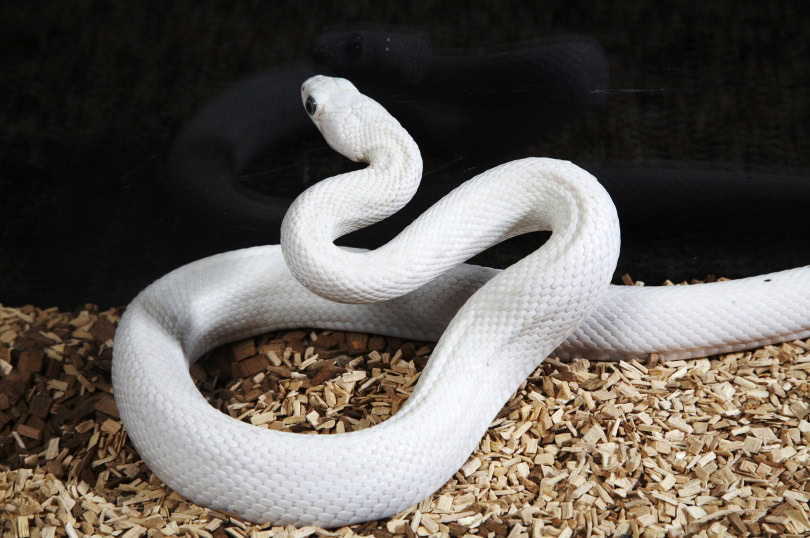VET APPROVED

The information is current and up-to-date in accordance with the latest veterinarian research.
Learn more »If you have a leopard gecko, you’ve probably wondered why you don’t find huge wet spots in their terrariums. This begs the question; where is the pee? What does their pee look like? As unusual as it may sound, leopard geckos don’t urinate like a mammal (such as a cat or dog) does. Instead, they primarily produce urates, which is a creamy, pasty semi-solid similar to pee. They pass this along with their feces, and a small amount of liquid urine, through an opening known as their vent.
Read on to quench your curiosity about the leopard gecko’s mysterious way of eliminating waste.
Click to Skip Ahead

What Does Leopard Gecko Pee Look Like?
Unlike mammals, reptiles (including leopard geckos) do not have separate openings for passing urinary and digestive waste products. The end products of the digestive, urinary, and reproductive systems all enter a single chamber known as the cloaca. The cloaca has three components:
- Coprodeum – The forward-most chamber that receives digestive waste from the digestive system.
- Urodeum – The middle chamber that receives waste from the urinary system, and products from the genital ducts.
- Proctodeum – The final chamber.
After the proctodeum, all waste exits the lizard’s body through an opening known as the vent.
When the gecko’s kidneys filter blood and produce urine, it is initially in a liquid form. This form enters the urodeum, and is later re-absorbed by the digestive system to further absorb liquid from it. This results in the production of urates, a white, chalk-like substance.
When leopard geckos pass waste, it contains three components. The first is the chalky urates, sometimes referred to as “solid pee”. This is accompanied by digestive waste (often green or brown in color), and a small amount of clear liquid waste which may still be present in the urodeum.
On rare occasions, leopard geckos may have liquid pee. This usually happens if they’re scared or stressed, such as if they’re handled too long. This happens as a startled pet may suddenly expel the small amount of liquid urine in their urodeum.
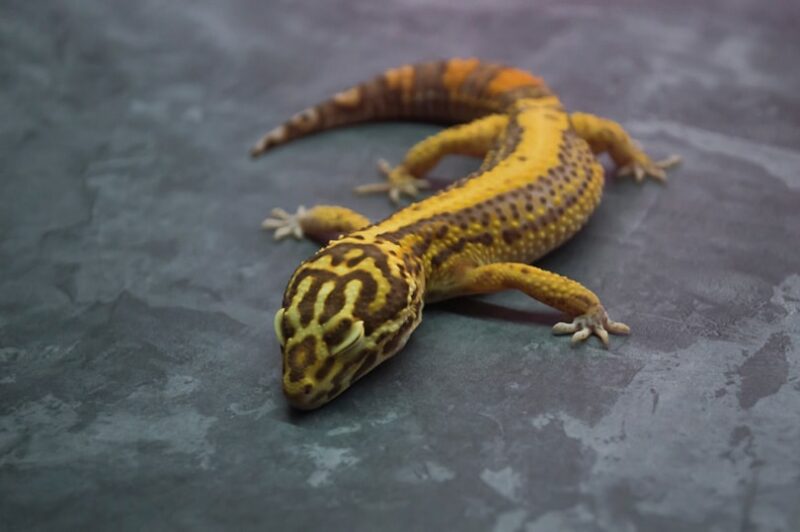
Is Hydration Important for Leopard Geckos?
Leopard geckos can survive for up to three days without water, though it’s best not to let them go that long. Still, hydration is crucial to their overall health and well-being. Water aids in effective digestion and ensures your scaly friend maintains optimal health and energy levels.
Although leopard geckos get some of the water they need from food, you must also provide constant access to clean water in a shallow bowl.
The lack of water causes digestive problems and dehydration. This is undesirable as it leads to several other problems and may also lead to electrolyte imbalances. Just like us, leopard geckos also have a water requirement, and the lack of adequate hydration has detrimental effects, both in the short and long term.
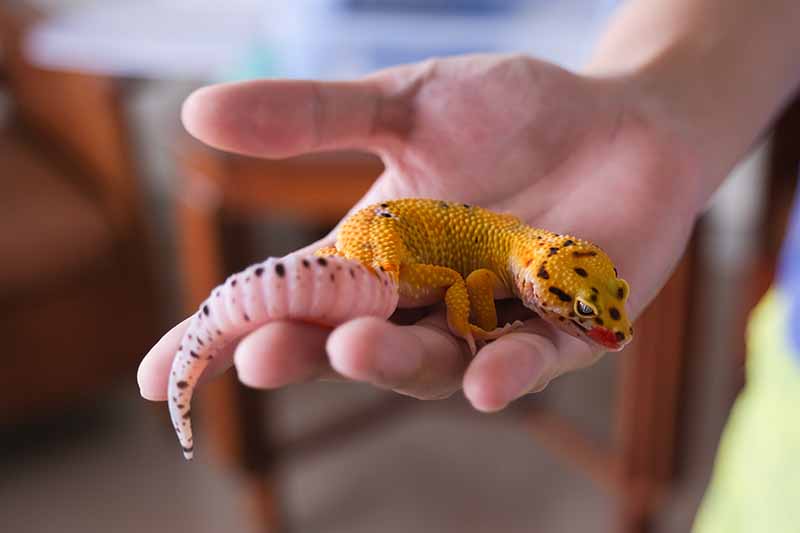
How Do You Clean Up Gecko Poop?
Leopard geckos are varied in how messy they are. With most, you will only likely find their poop on a specific corner of their tank. This should make cleanups easier, mainly if you use the right strategy. Others may be messy and will use their entire tank as a bathroom, even the water or food bowls.
First, avoid cleaning up “fresh” solid waste. Irrespective of the substrate, it is better to wait a while for everything to get a little hard. The poop and urates will be harder and easier to pick using a paper towel or plastic scoop in just half an hour or so.
If you don’t want to deal with a mess, your scooping technique matters. The secret to becoming your scaly friend’s mess-free pooper scooper is to avoid using too much pressure. If you accidentally press the urates with your scoop or hold it too tightly with your paper towel, it may disintegrate into a white powder.
It’s crucial to routinely give your leopard gecko’s terrarium a good scrub to keep their enclosure hygienic. Ensure the cleaners you use are scent-free, chemical-free, eco-friendly, and safe for reptiles.

Final Thoughts
Leopard geckos make excellent scaly friends. They’re cute, colorful, quiet, and even-tempered creatures that anecdotally enjoy being held even by children. Also, they have relatively low care requirements when compared to pets like dogs and cats.
Leopard geckos do not pee, but pass feces, urates, and a small fraction of liquid urine through a common opening known as their vent. It’s best to consult your vet if you are in doubt about your pet’s waste production.
- http://www.frenchfilms.org/pets/leopard-geckos-health-and-hygiene.html
- https://veterinarypartner.vin.com/default.aspx?pid=19239&catId=102919&id=7996830
- https://vcahospitals.com/know-your-pet/leopard-geckos-care-and-feeding#:~:text=Leopard%20geckos%20are%20small%20relatively,clean%20environment%2C%20and%20proper%20feeding.
- https://www.sciencedirect.com/topics/veterinary-science-and-veterinary-medicine/gut-loading#:~:text=Gut%20loading%20is%20the%20term,the%20insects%20will%20be%20consumed.
Featured Image Credit: Reinhold-Leitner, Shutterstock
